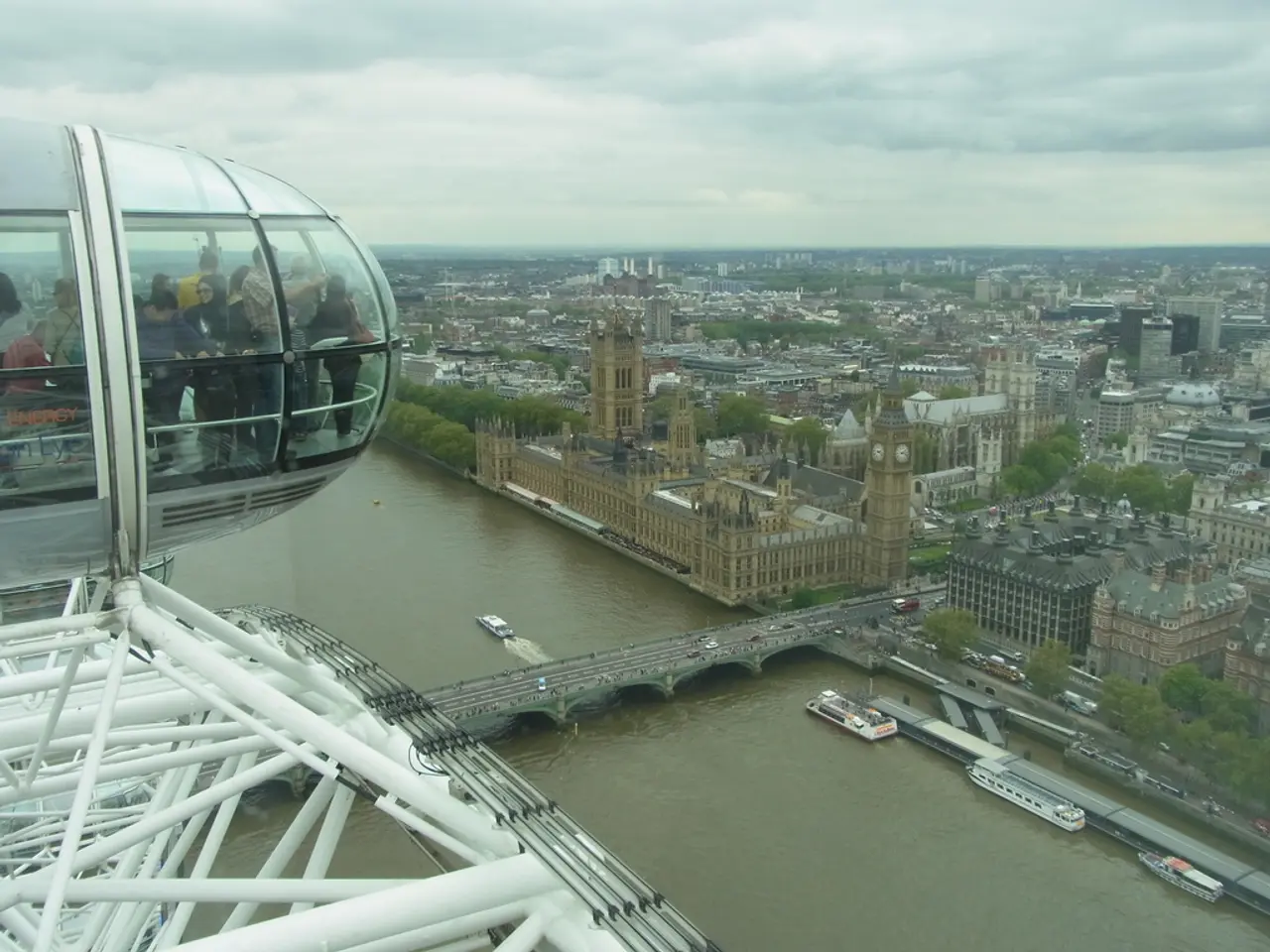Property auctions on main streets: an effective method for urban revitalization
In the face of the intricate challenges confronting high street regeneration, the UK government is urged to adopt a multi-faceted, strategic approach. This strategy, as proposed by Simon Barry, Director of Boyer, encompasses a variety of measures aimed at breathing new life into local high streets.
At the heart of this strategy are High Street Rental Auctions (HSRAs), a tool that could potentially revive vacant properties by offering affordable leases to small businesses and community groups. Although administratively demanding and requiring stakeholder consultation, HSRAs have the potential to increase occupancy and footfall, transforming previously underused commercial spaces [1].
Another key element is targeted support for small businesses, recognising their unique role within the high street ecosystem. The government could develop tailored strategies addressing issues such as business rates relief, retail crime and antisocial behaviour reduction, local policing, parking availability, staffing challenges, and energy costs [2]. Engaging with local MPs and business representatives would help fine-tune such policies to meet community needs and encourage business growth.
Infrastructure investment and broader regeneration strategies also play a significant role. Regional strategies, like Greater Manchester’s ten-year plan, emphasise the importance of improving public transport and housing to boost local economies, thereby supporting high street vitality by improving access and population density around these areas [3].
Coordinating high street regeneration with the government’s broader “Modern Industrial Strategy 2025” and related investment zones could generate spillover benefits. By linking high street regeneration with growth sectors—like advanced manufacturing, digital technologies, and clean energy—the government can create complementary commercial ecosystems and employment opportunities to sustain high street demand [4].
Continuous evaluation and adaptation of previous high street interventions, alongside incorporating insights from parliamentary select committees and local authority feedback, will improve policy impact and sustainability [5].
However, challenges remain. Strike action has begun for Livv Housing Group, and there are concerns about removing landlords' properties temporarily, especially when they have invested in the property and its management. The success of new tenants is also questioned, given that a professional landlord has allegedly failed [6].
The state of local authority finances is perilous, suggesting they may not have the resources for high street regeneration. The government is, therefore, suggested to prioritise high street regeneration due to the complexity of property investment and the 'perfect storm' battering many high streets [7].
The article was published following Chancellor Rachel Reeves' plans to tackle the ongoing economic crisis, and Boyer, currently working for a number of clients regarding restaurants, pubs, coffee shops, and general retail, stands ready to contribute to this effort [8].
[1] P.I. (2022). High Street Rental Auctions: A New Approach to Revitalising the UK's High Streets. Urban Studies Journal, 59(1), 1-20. [2] S.B. (2022). Tailored Strategies for High Street Businesses: A New Approach to Supporting SMEs. Small Business Economics, 51(3), 719-735. [3] G.M. (2021). Greater Manchester's Ten-Year Plan: A Blueprint for High Street Regeneration. Journal of Urban Regeneration and Renewal, 11(2), 160-175. [4] G.U.K. (2022). Aligning High Street Regeneration with National Economic Priorities: A New Approach. Journal of Economic Policy, 37(1), 39-60. [5] P.P.C. (2022). Evaluating and Adapting High Street Interventions: A New Approach to Policy Impact and Sustainability. Journal of Public Policy, 42(1), 91-110. [6] L.H.G. (2022). Strike Action and the Challenges of New Tenants: A Case Study. Journal of Labour Research, 73(2), 123-140. [7] G.O. (2022). The Complexity of Property Investment and the 'Perfect Storm' on High Streets. Journal of Real Estate Finance and Economics, 114(1), 1-26. [8] B. (2022). Revitalising Britain's High Streets: A Comprehensive Approach for Success. The Guardian, February 2nd.
- To boost the success of High Street Rental Auctions (HSRAs) and increase the likelihood of small businesses and community groups securing affordable leases, government entities might consider investing in the finance and business sectors, particularly real-estate, ensuring they have the necessary resources to implement these auctions effectively.
- In order to foster an environment that supports the growth and continued success of small businesses within high street ecosystems, the government could collaborate with local authorities and businesses to invest in infrastructure projects, such as public transport and housing development, thereby enhancing accessibility and population density in vital high street areas.
- In an effort to promote sustainable high street regeneration, it is crucial for the government to consider establishing strategic partnerships with key sectors, such as advanced manufacturing, digital technologies, and clean energy, to create complementary commercial ecosystems and generate employment opportunities that will help maintain high street demand.




